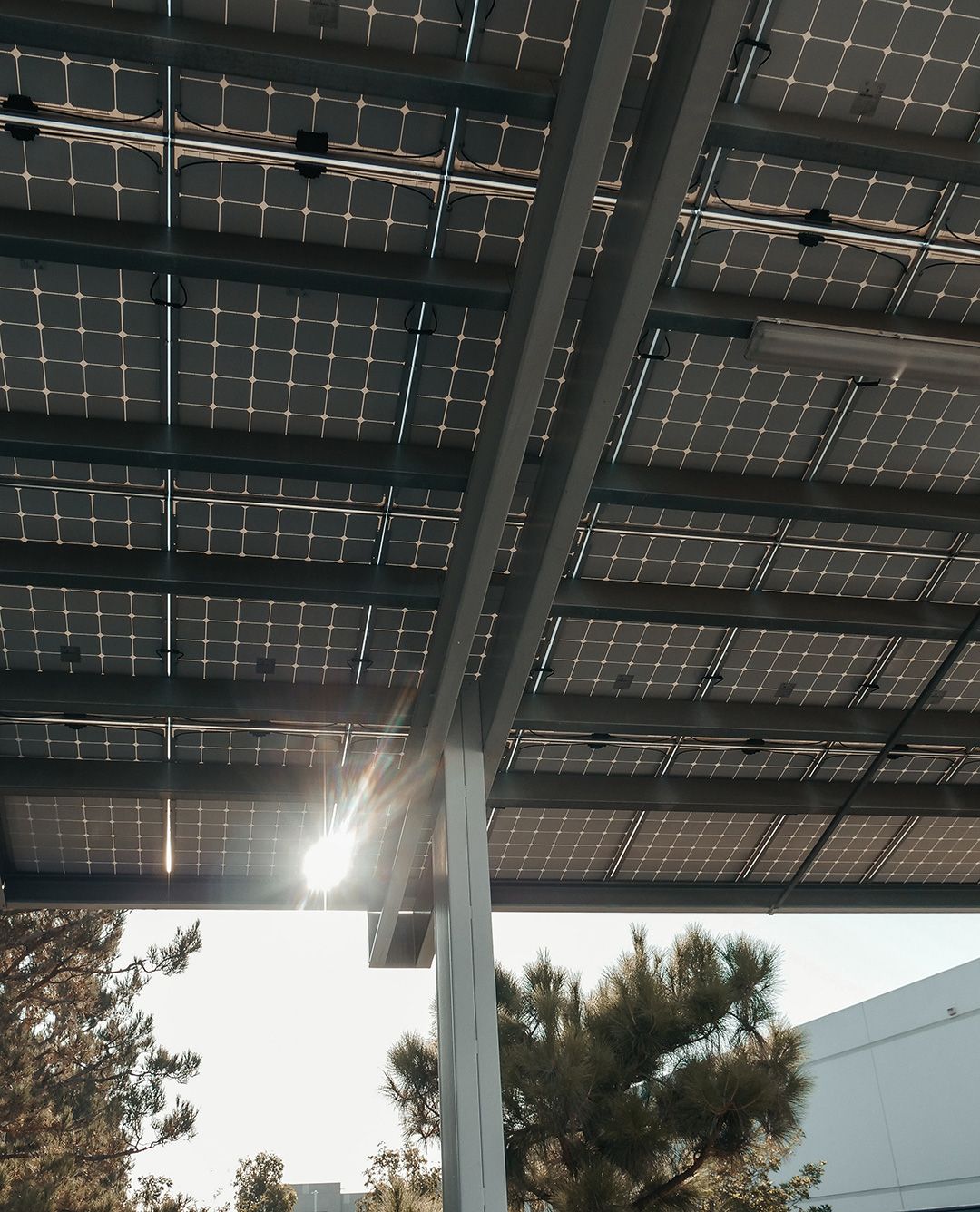As the world continues to seek more sustainable sources of energy, solar panels have become increasingly popular. Solar panels allow homeowners to generate their electricity, reducing their reliance on traditional energy sources such as coal, oil, and gas. By generating their power, homeowners can become energy independent and reduce their carbon footprint. In this blog, we will discuss how solar panels can help you become energy independent in a step-by-step guide.
Step 1: Understanding Solar Panels
Solar panels are devices that convert sunlight into electricity. They are made up of solar cells, which are made from silicon, a non-metallic element that is abundant in the earth’s crust. When sunlight hits the solar cells, it excites the electrons in the silicon, creating an electric current. This electric current is then captured by the solar panel and can be used to power your home.
There are many solar panel manufacturers on the market, and it can be challenging to choose the right one for your needs. It is important to choose a reputable solar panel modules supplier that offers high-quality solar panels with a warranty.
Step 2: Determine Your Energy Needs
Before investing in solar panels, it is essential to determine your energy needs. This will help you determine the size of the solar panel system you need to generate enough electricity to power your home.
To determine your energy needs, you can review your electricity bills from the past year. This will give you an idea of how much electricity you use each month and how much you can potentially save by installing solar panels.
Step 3: Assess Your Roof’s Suitability for Solar Panels
Once you have determined your energy needs, you need to assess whether your roof is suitable for solar panels. Solar panels work best when they are installed on a roof that faces south and has no shading from trees or other buildings. It is also essential to consider the pitch and age of your roof, as older roofs may not be strong enough to support the weight of solar panels.
Step 4: Design Your Solar Panel System
Once you have assessed your roof’s suitability for solar panels, you can design your solar panel system. This involves selecting the number of solar panels you need to generate enough electricity to power your home and the size of the inverter you need to convert the direct current (DC) generated by the solar panels into the alternating current (AC) used by your home’s appliances.
Your solar panel modules supplier can help you design your solar panel system and provide you with a quote for the cost of the equipment and installation.
Step 5: Install Your Solar Panels
Once you have designed your solar panel system and received a quote from your solar panel modules supplier, it is time to install your solar panels. This involves mounting the solar panels on your roof and connecting them to the inverter, which is typically installed in your garage or basement.
It is essential to hire a professional installer to install your solar panels to ensure they are installed correctly and safely. Your installer should also obtain any necessary permits and approvals from your local government.
Step 6: Connect Your Solar Panels to the Grid
Once your solar panels are installed, you need to connect them to the grid. This involves installing a bi-directional meter that can measure the electricity generated by your solar panels and the electricity you consume from the grid.
When your solar panels generate more electricity than you need, the excess electricity is fed back into the grid, and you receive a credit on your electricity bill. When your solar panels do not generate enough electricity, you can draw electricity from the grid as normal.
Step 7: Monitor Your Solar Panel System
Once your solar panel system is connected to the grid, it is essential to monitor its performance. Many solar panel manufacturers offer monitoring software that allows you to track the amount of electricity your solar panels are generating and your energy consumption. This information can help you identify any issues with your solar panel system and optimize its performance.
Conclusion
Solar panels are a great way to become energy independent and reduce your reliance on traditional energy sources. By following the steps outlined in this guide, you can design and install a solar panel system that meets your energy needs and helps you save money on your electricity bill.
When selecting a solar panel modules supplier, it is essential to choose a reputable and reliable manufacturer that offers high-quality solar panels with a warranty. With the right equipment, a professional installation, and ongoing monitoring, your solar panel system can provide you with clean, renewable energy for years to come. Contact us to get more information and details on the same!
